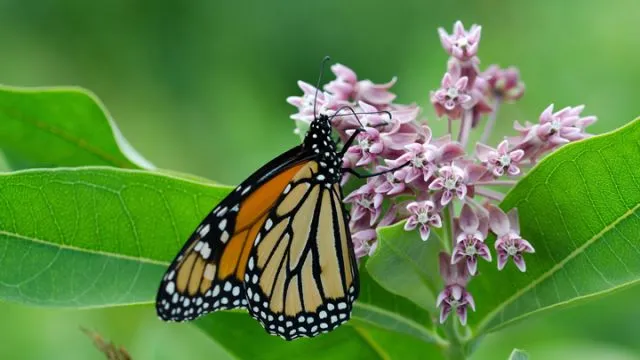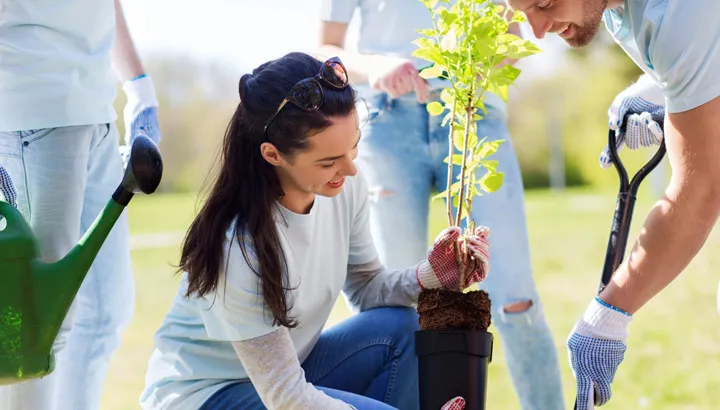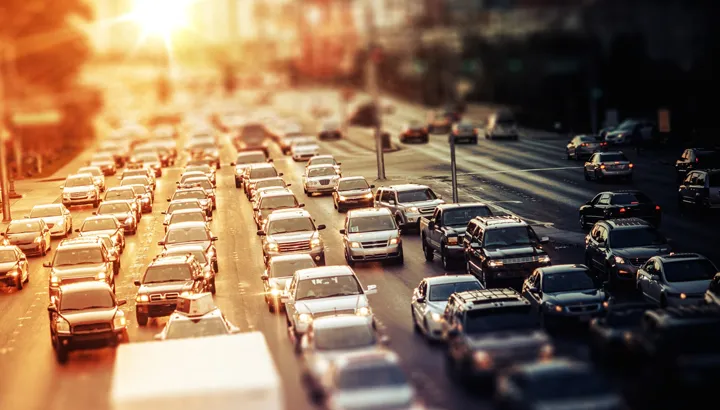
- Share on Facebook25
- Share on Pinterest
- Share on Twitter
Sometimes being environmentally conscious and keeping informed on environmental issues can be an overwhelming task. It seems like we are bombarded with nothing but constant bad news about the health of our planet (and everything else for that matter), but that isn’t entirely representative of the whole picture.
What we don’t hear about everyday are the stories of the people doing things that improve the health of the environment; the volunteers, the donors and the people who make little changes in their life to live more sustainably. We hear about it when a corporation dumps toxic waste, or an oil company has a spill, but unfortunately we don’t hear about it when a local environmental group spends their Saturday afternoon removing invasive species from a wetland, or a family starts to compost (and then tells their friends how easy it is). Perhaps if such stories were front-page news, everyone would decide that such activities are how they want to spend their time as well.
With that in mind, here are four easy ways that you can help the planet and have fun doing it.
1. Volunteer

Volunteering with a local environmental group to help clean or preserve a sensitive ecosystem is a great way to help the planet and to get out and enjoy nature. The Nature Conservancy offers volunteers the opportunity to engage in helpful activities such as working with a group of people to remove invasive weeds or plants from an area or taking inventories of bird or butterfly species.
You can also use volunteering as an active way to spend time with people. Instead of scheduling yet another coffee date with a friend, why not decided to spend a few hours with them hanging out in nature with like-minded people and improving the health of your local ecosystems?
2. Make your garden friendly to bees and butterflies
If you’re looking to help the planet but don’t want to leave your home to do so, there are plenty of things you can do in your home garden.
By planting milkweed in your garden, you would be helping the struggling monarch butterfly populations to recover. Monarch butterflies have seen a drastic population decrease; over 95 percent of the population has been wiped out since the 1990s. Much of this can be attributed to the decline in milkweed across the continent. Milkweed provides the nectar needed for bee and butterfly populations during year-long migrations, and planting it in your garden can make your home an important rest and recharge station for them.
If you are a farmer you can actually earn government credits for creating bee and butterfly habitat on your property through the Monarch Butterfly Habitat Exchange Program. (No, this does not mean you would have to go live in a butterfly habitat while they would live in your home.)
You can also design your garden in such a way that it can provide habitat for dwindling bee populations. The David Suzuki website has all sorts of tips on how you can do this, including planting flowers that are visually appealing to bees and how you can build your own “bee house” and “bee bath.” Making your garden an attractive habitat for bees is a great way to help the planet and keep people off your lawn at the same time.
3. Get out and walk more
Many people have found that just getting into the habit of walking places instead of driving (or taking public transit) is a great way to get a little exercise, save money and lessen your carbon footprint.
Driving seems like a great time-saver, but that isn’t always the case. Keep in mind that when you drive you also have to spend time looking for parking, stopping to get gas and all of the little annoyances that come with dragging a large automobile with you to your location.
If you live in a mid to large-sized city, a 7-minute drive often would mean an 18-minute walk. Even though Google Maps has let you know that driving would be quicker, you also have to take into consideration how that 7-minutes is spent. For example, bumper-to-bumper traffic, people driving aggressively and having to stop suddenly to avoid an accident. Your senses are overloaded with danger and aggression signals while driving, and that impacts how you’re going to feel once you arrive at your destination.

Also factor in the time you spend looking for parking, possibly having to stop and get gas, and then walking from your parking spot to your destination. All of this means you are not saving as much time as you thought you were, and now you’ve spent more money than you needed to, all in an effort to shave five minutes off your commute.
The 18-minute walk, however, can be a very relaxing experience; pop on your headphones and listen to music, a podcast or audiobook and have yourself a lovely time. You’ll need to leave about five minutes earlier, but at the end of the day you’ll have more energy because you got a little bit more exercise than you would have otherwise. You’ll arrive where you’re going in a better mood because you’re commute was more enjoyable, you’ll have some extra money and you’ll have burnt off some extra calories. Pick yourself up a guilt-free healthy snack and enjoy the rest of your day.
4. Keep informed and talk with others
Possibly the best thing you can do to help the environment is to stay informed on environmental issues and talk with others.
Nature is enjoyable and has a calming impact on our lives. Letting your friends and family know how important nature is in your life will help them realize the role it plays for them, and could possibly influence them to spend their time helping the planet as well.
— Ian Carey
- Share on Facebook25
- Share on Pinterest
- Share on Twitter

